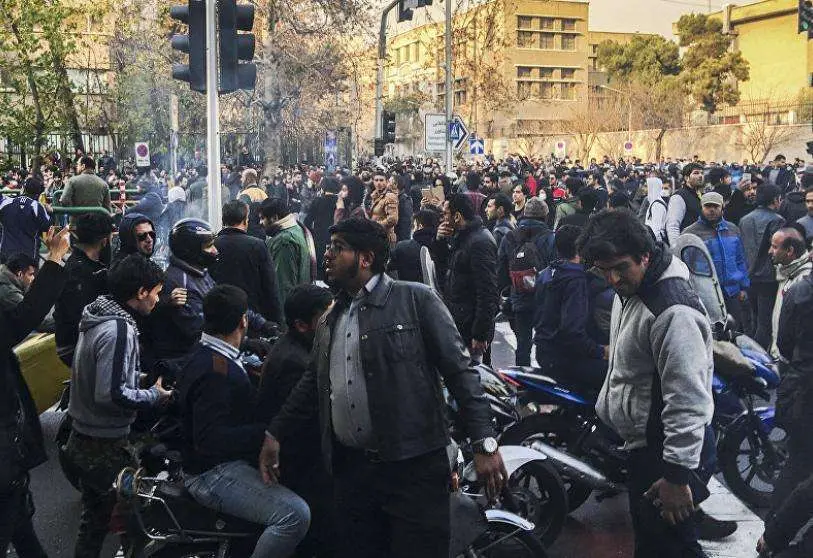Iran: the battle for freedom continues

Last Saturday, in desperation at the popular uprising, the Iranian regime executed two young anti-regime protesters in Karaj, west of Tehran.
In December there were 70 executions in Iran. The aim is to create a climate of terror so that no one will think of revolting or overthrowing the regime. However, for the past 115 days, the uprising has continued uninterrupted.
More than 750 people have been killed, at least 70 of whom were between the ages of 2 and 18. The names of 627 victims have been published by the People's Mujahedin Organisation (PMOI) through its network in Iran. Some 30,000 people were arrested.
The uprising has spread to 282 cities and affects all provinces of Iran. The slogans "down with Khamenei" and "down with the dictator" echo in the centre of Tehran, less than 1,000 metres from the headquarters of Ali Khamenei, the Supreme Leader.
This uprising is driven by two factors. The first is the explosive situation in society. The vast majority of people are dissatisfied. Up to 80% live below the poverty line. Inflation is endemic, with prices of basic necessities rising by more than 100%. The official currency, the rial, has collapsed, losing 20% of its value in a fortnight in December. Unemployment is taking its toll. Systematic corruption plagues the country. Discrimination against women and ethnic and religious minorities increases daily.
The second driving force is organised resistance, acting on two fronts. The resistance units of the PMOI network and the core of the National Council of Resistance of Iran (NCRI) play an important role in ensuring the continuation of the revolution. The aim of the resistance is to overthrow this regime. The ten-point plan of the elected president of the NCRI, Maryam Rajavi, nourishes the hope for democracy and a free future for the nation. Not surprisingly, the regime makes it clear that its problem lies with the PMOI.
To stop the uprising, the regime must shut down these two engines. But it cannot extinguish the first, namely widespread discontent. The structural decline of the rial continues. It must eliminate rampant corruption. A minimum of democracy is necessary for economic growth. It must end discrimination against women and recognise minority rights. But forty-three years of history show that it can do none of this. Any reform and change of attitude will lead to its overthrow. Any kind of real fight against corruption, any kind of normalisation with the West, will lead to its destruction.
That is why it must work to disable the second engine: blocking the NCRI and the PMOI. Inside the country, anyone who has had relations with the PMOI is arrested and sentenced to heavy penalties or placed under control. In addition to the street, the regime faces a major political problem. It is therefore understandable that the demonisation and disinformation campaign directed against the PMOI and the NCRI has reached astronomical proportions. The regime wants the Iranian people and Western countries to believe that there is no alternative in Iran but to return to the Shah's era. But the people, both in Iran and abroad, have responded firmly with the slogan "down with the tyrant, be he Shah or Mullah".
The regime faces uncompromising protesters. This is explained by four months of resistance despite extraordinary repression. The people are facing a dictatorship determined to kill and destroy until the last moment. The battle for freedom continues...
Article previously published in Tribune de Genève

